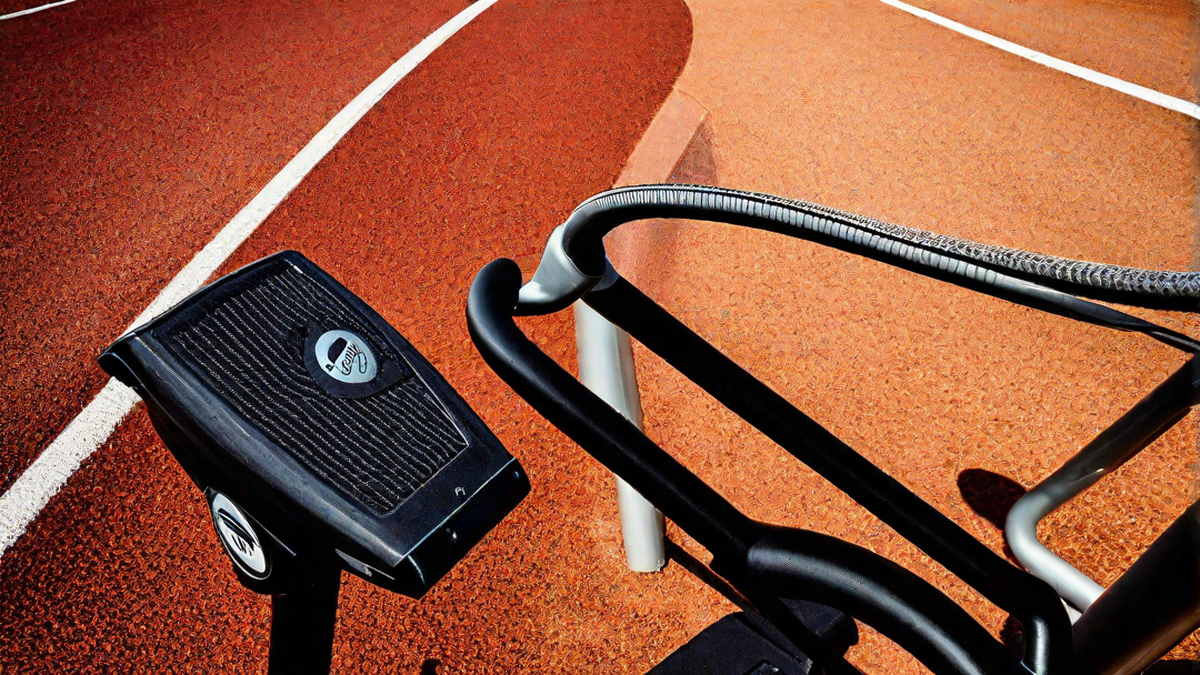Is 2 miles on an elliptical equal to running? This is a question that has been debated among fitness enthusiasts for quite some time. As a running enthusiast myself, I have always been curious about the effectiveness of using an elliptical machine as a substitute for hitting the pavement. So, I decided to delve deep into research and share my findings with you.
The Mechanics of Running vs Elliptical
When it comes to running, we all know it’s a high-impact activity that involves pushing off the ground with each stride. This motion engages various muscles in our lower body, including the hamstrings, quadriceps, and calves. It also requires a significant amount of cardiovascular effort to sustain a steady pace.
On the other hand, an elliptical trainer simulates the motion of running without the high impact. Instead of pushing off the ground, elliptical machines use pedals that move in an elliptical or oval-like path. This motion eliminates the impact on your joints, making it a popular choice for individuals with joint problems or those recovering from injuries.
The Calorie Burn Debate
One of the most significant factors when comparing running and using an elliptical is the calorie burn. Many people believe that running burns more calories since it is considered a higher-intensity exercise. However, research suggests that the calorie burn can be similar if the effort level is the same.
A study published in the Journal of Strength and Conditioning Research found that the energy expenditure during running and elliptical training at the same level of perceived exertion was similar. In other words, if you are working equally as hard on the elliptical as you would be while running, you can expect a similar calorie burn.
That being said, it’s important to note that running outdoors may have additional calorie-burning benefits due to factors such as wind resistance and uneven terrain. Moreover, running engages more muscles, including the core, which can contribute to an overall higher calorie burn.
The Impact on Joint Health
One of the main advantages of using an elliptical machine is its low impact on joints. Running, especially on hard surfaces like concrete or asphalt, can put a lot of stress on your joints, leading to possible injuries or long-term damage.
Using an elliptical, on the other hand, allows you to mimic the running motion without the pounding impact. This makes it a great alternative for individuals with joint problems or those recovering from injuries. It provides a way to maintain cardiovascular fitness without aggravating joint pain.
The Importance of Variety
While the debate of which is better, running or using an elliptical, may continue, one thing is clear – variety is key. Incorporating both running and elliptical training into your fitness routine can offer a well-rounded approach to cardiovascular fitness.
Running engages different muscles and challenges your body in ways that an elliptical can’t. It also provides the opportunity to enjoy the outdoors, soak up vitamin D, and experience the mental benefits that come with being in nature.
On the other hand, the low-impact nature of the elliptical can be a valuable tool for cross-training, injury prevention, and active recovery. It allows you to continue working on cardiovascular fitness without putting additional stress on your joints.
Conclusion
So, is 2 miles on an elliptical equal to running? While both activities can provide similar calorie burns when the effort is the same, it’s essential to consider the impact on joint health, individual preferences, and overall fitness goals.
As a running enthusiast, I personally believe that nothing beats the feeling of hitting the pavement and experiencing the freedom that comes with it. However, I also understand the benefits of incorporating an elliptical into my fitness routine for cross-training and injury prevention.
At the end of the day, the choice between running and using an elliptical comes down to personal preference and individual circumstances. So, why not mix it up and enjoy the benefits of both?

